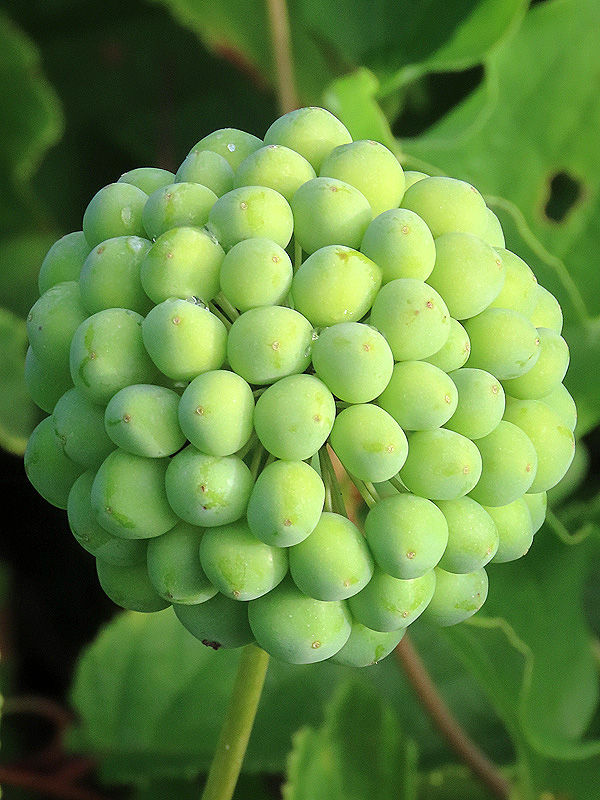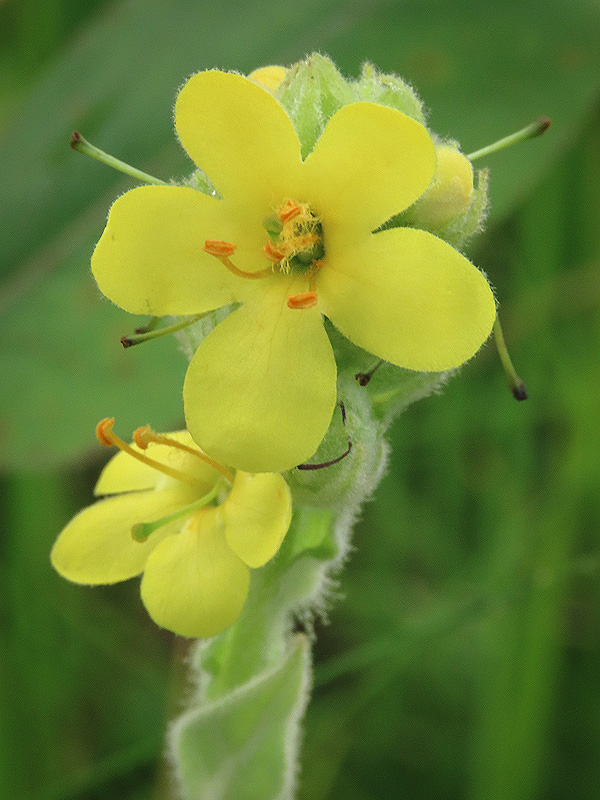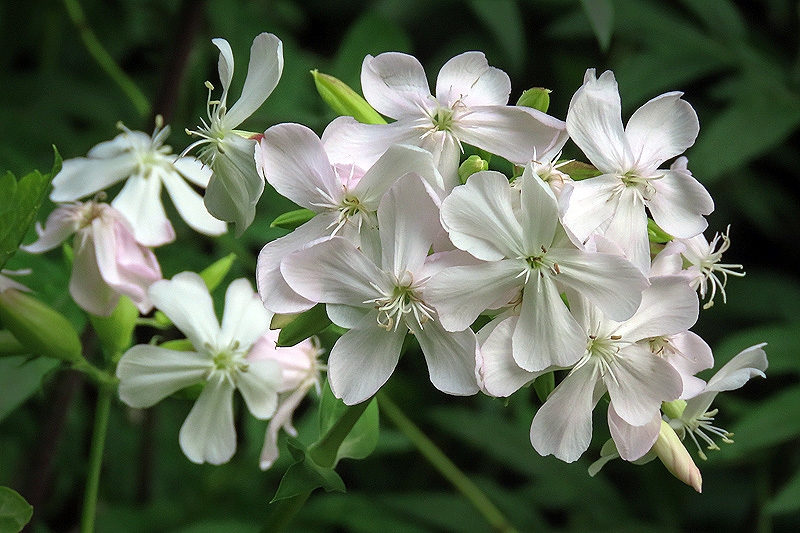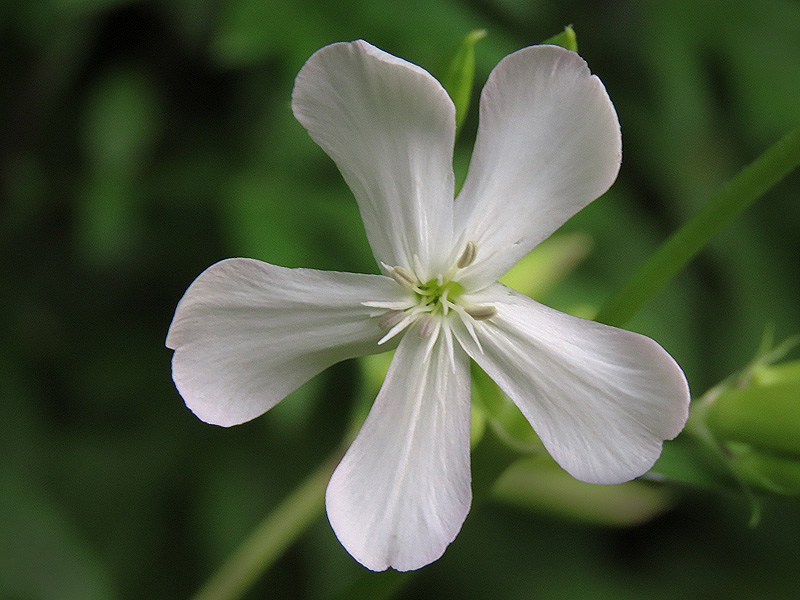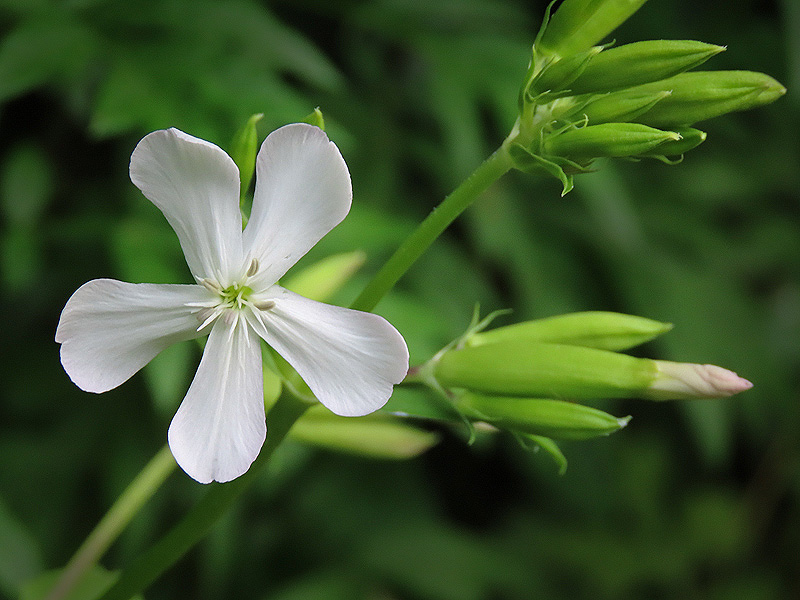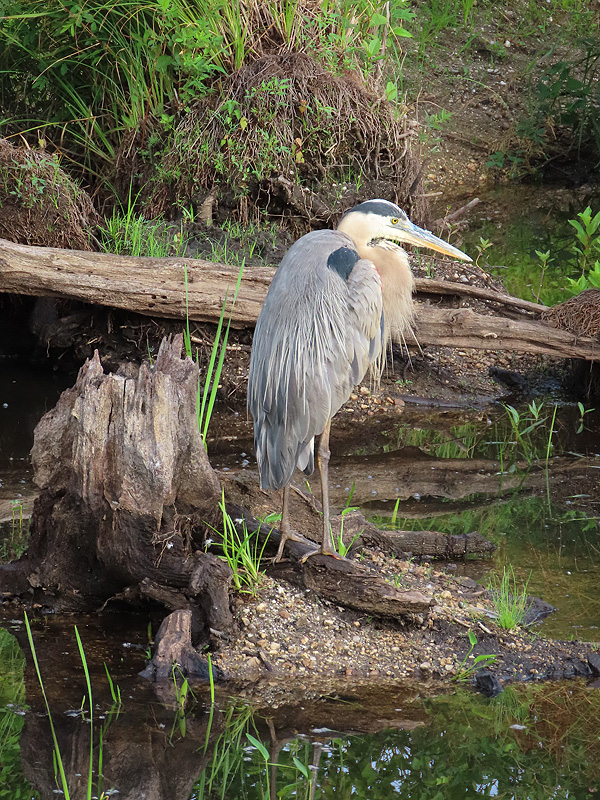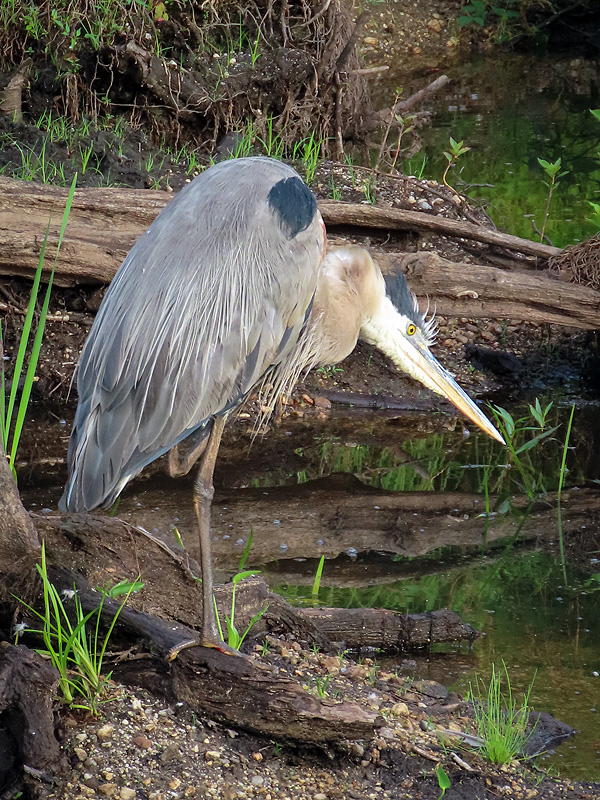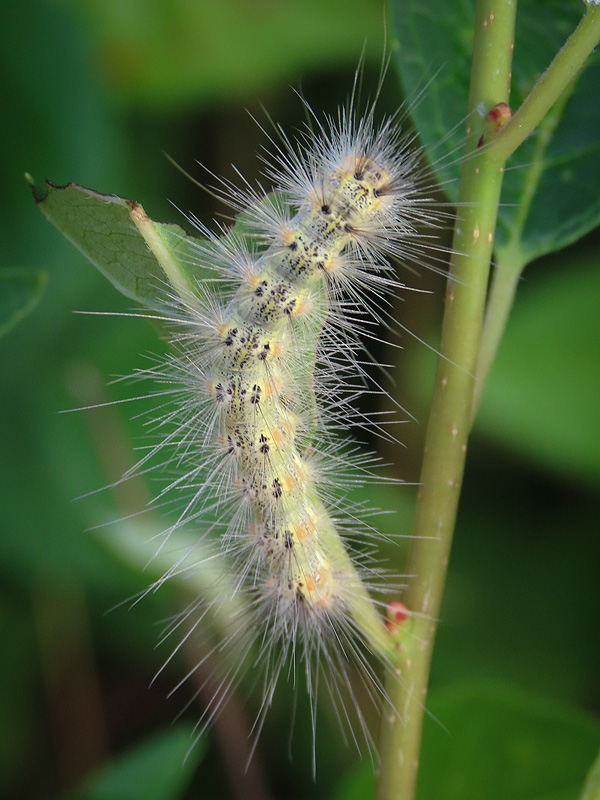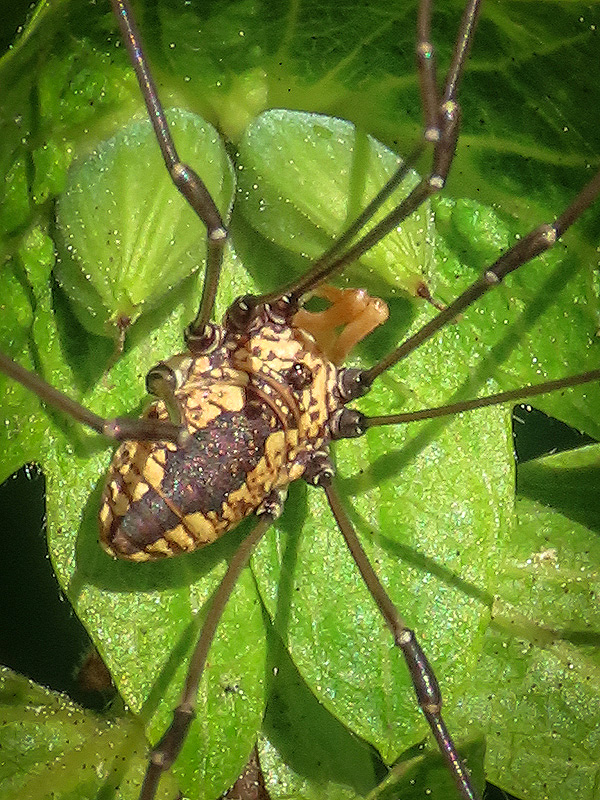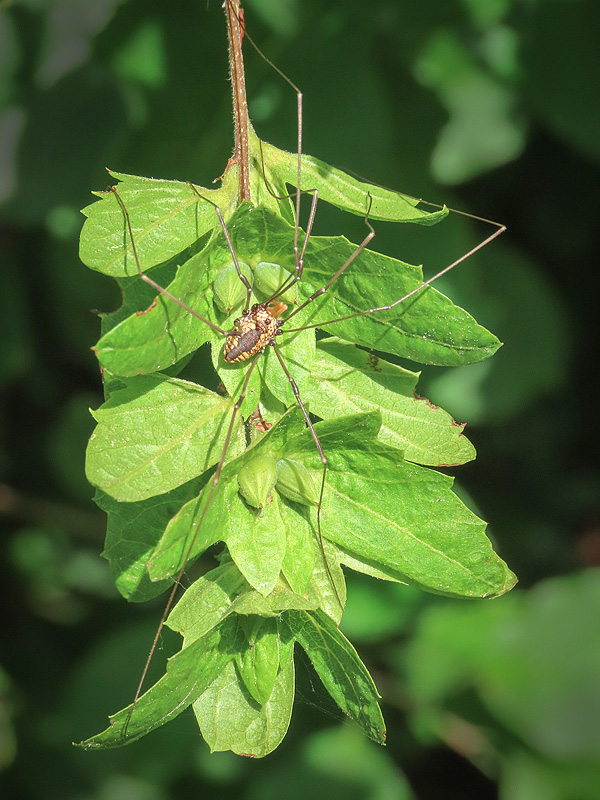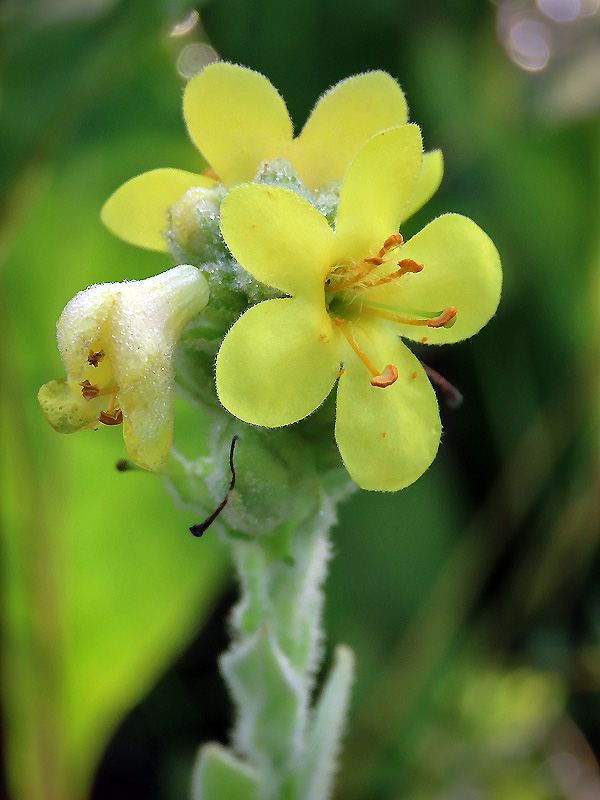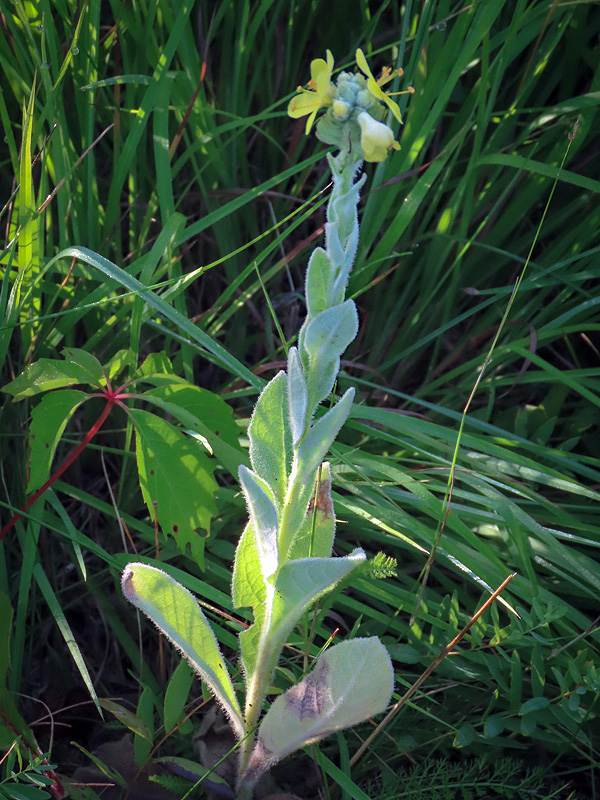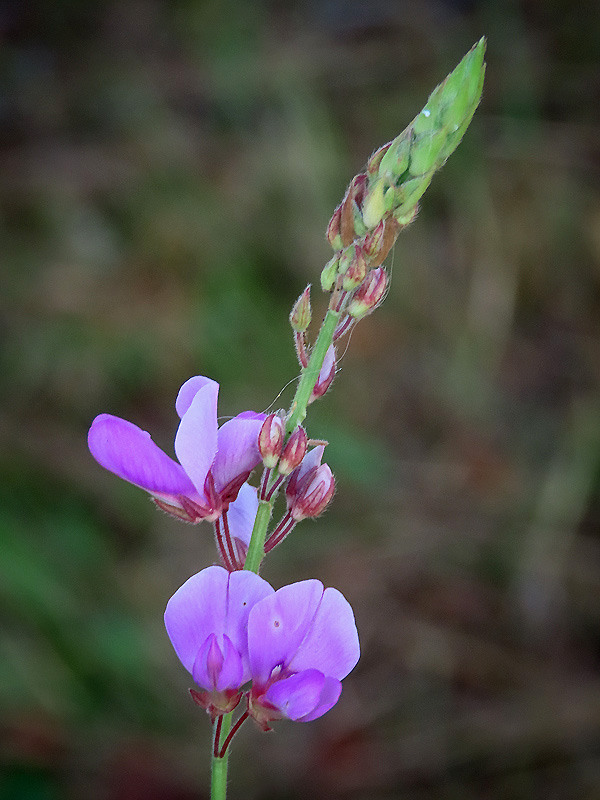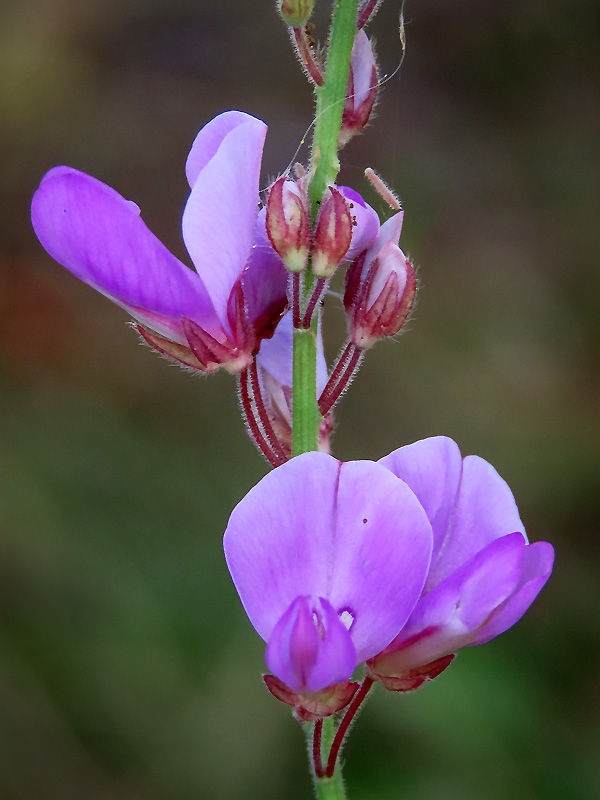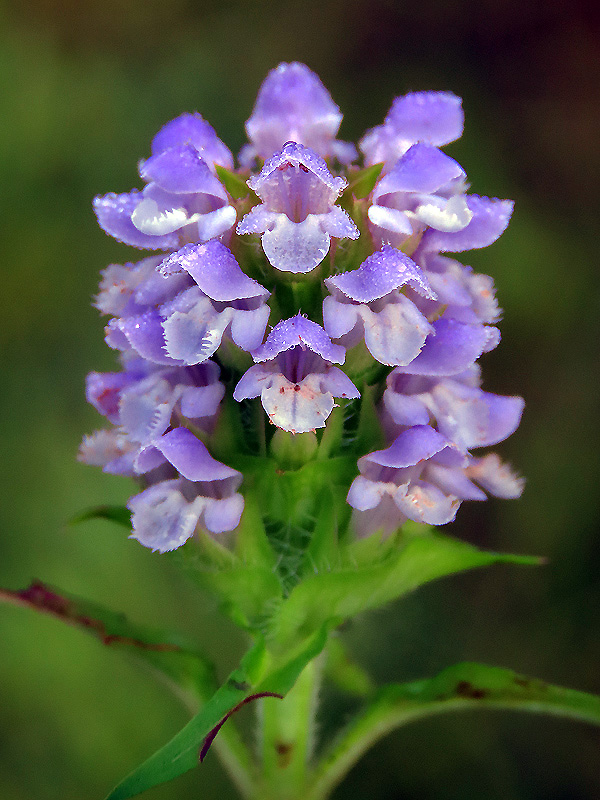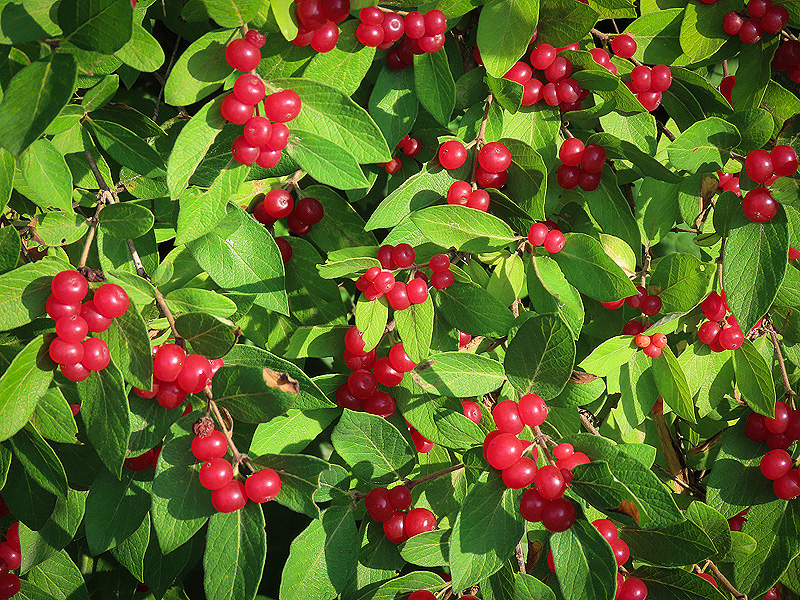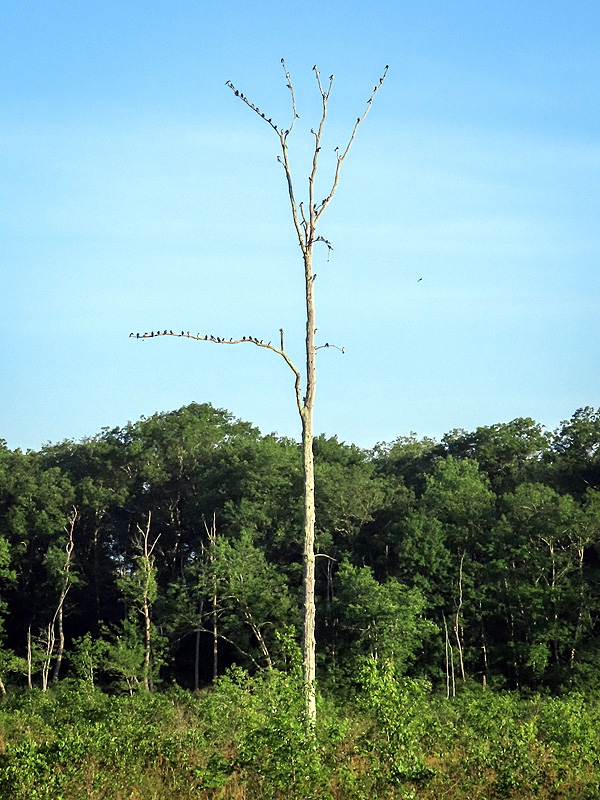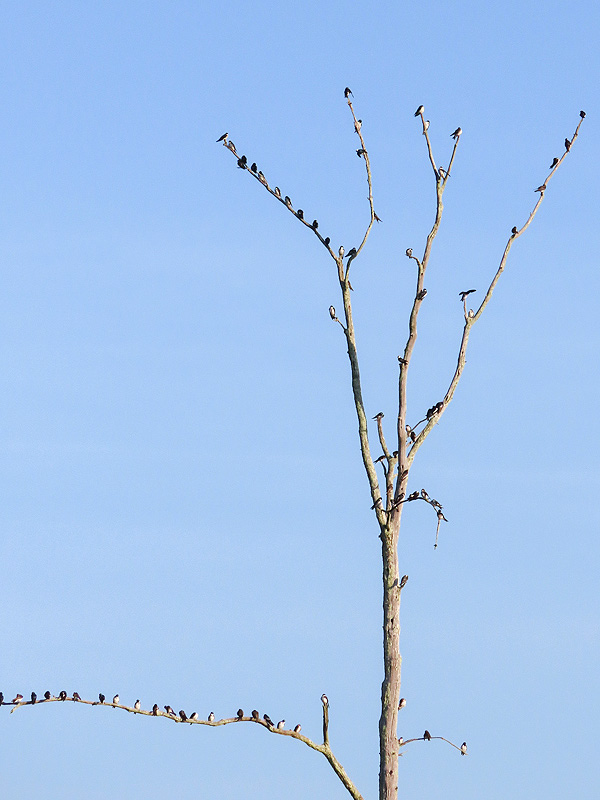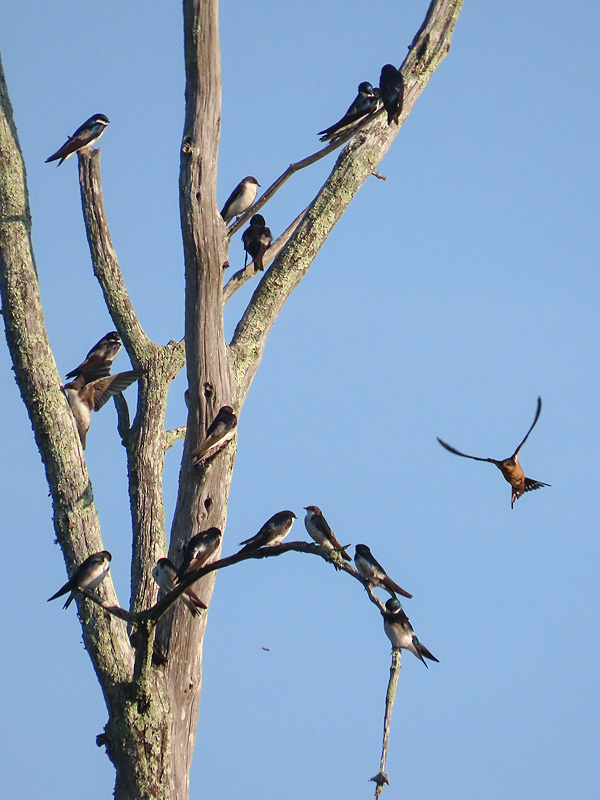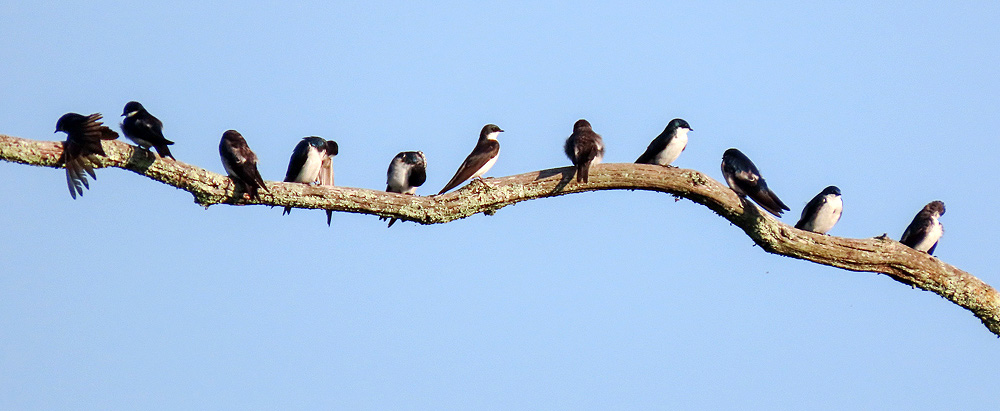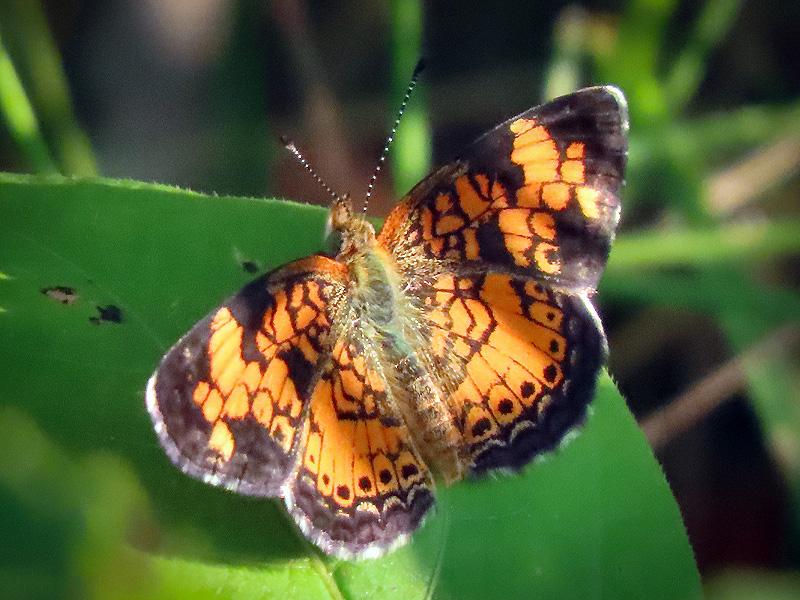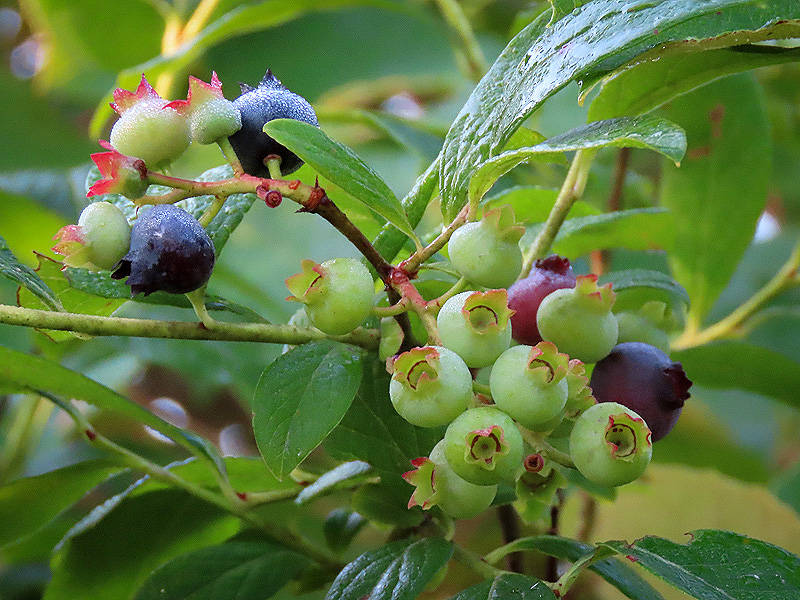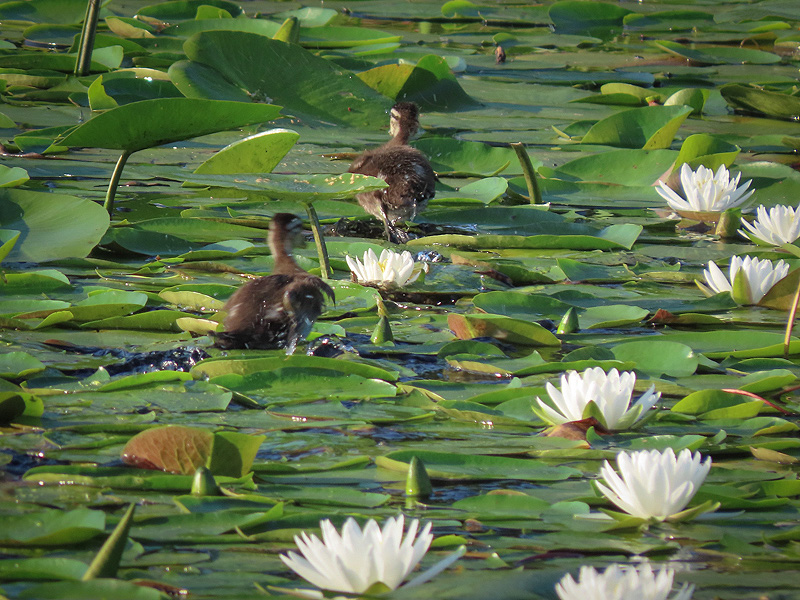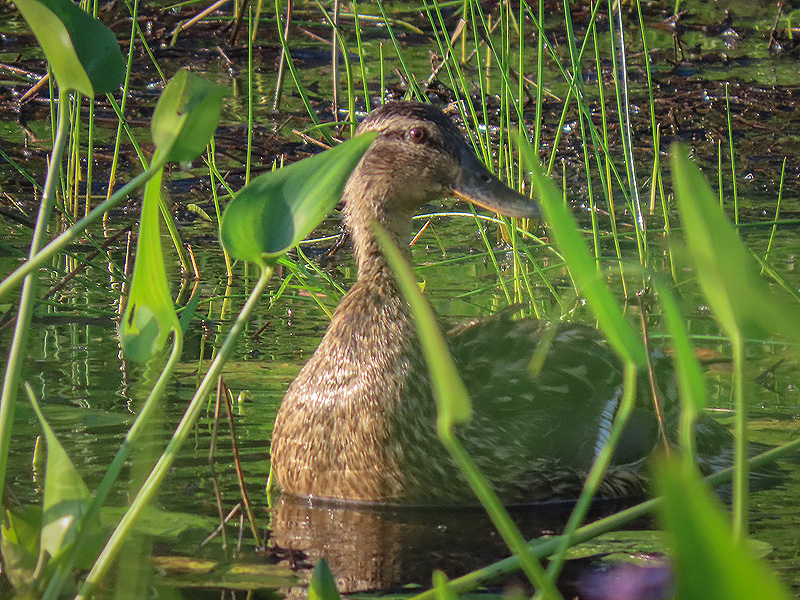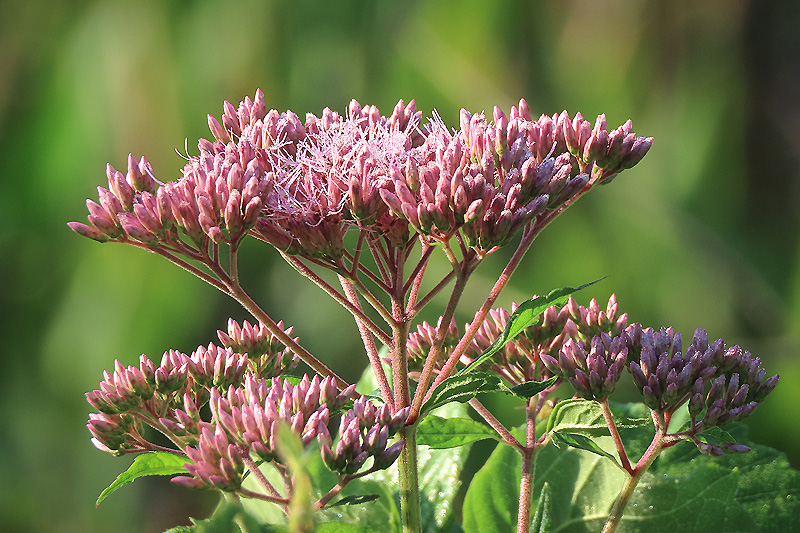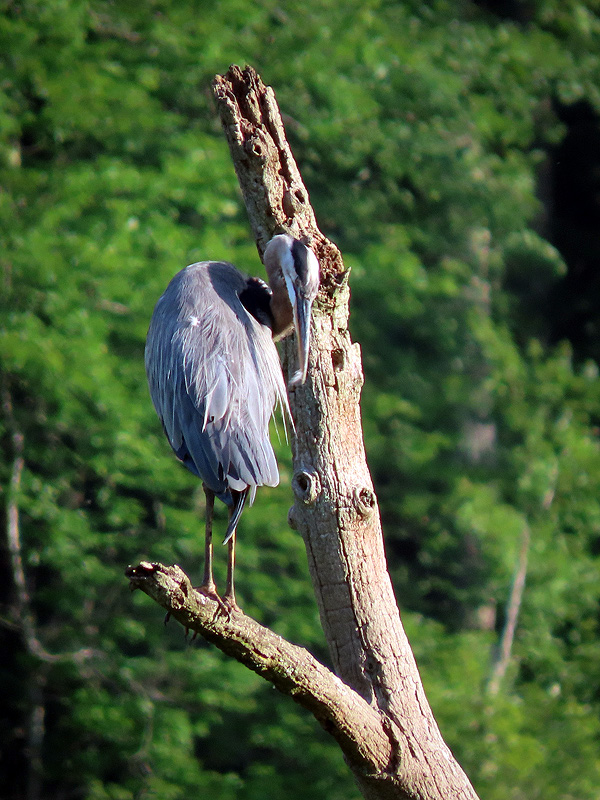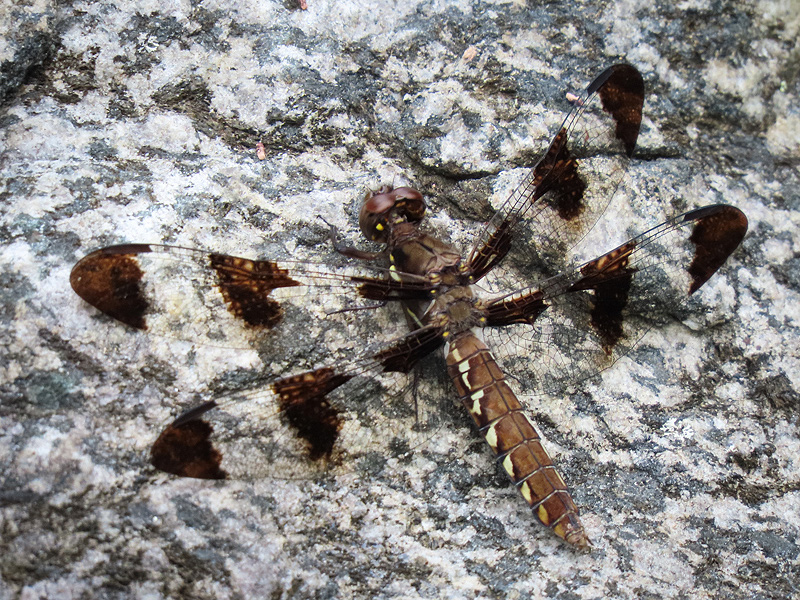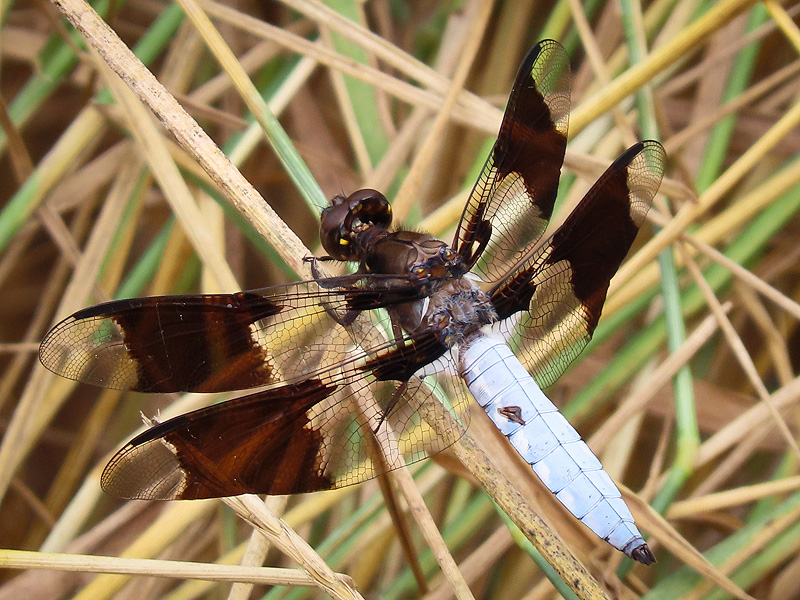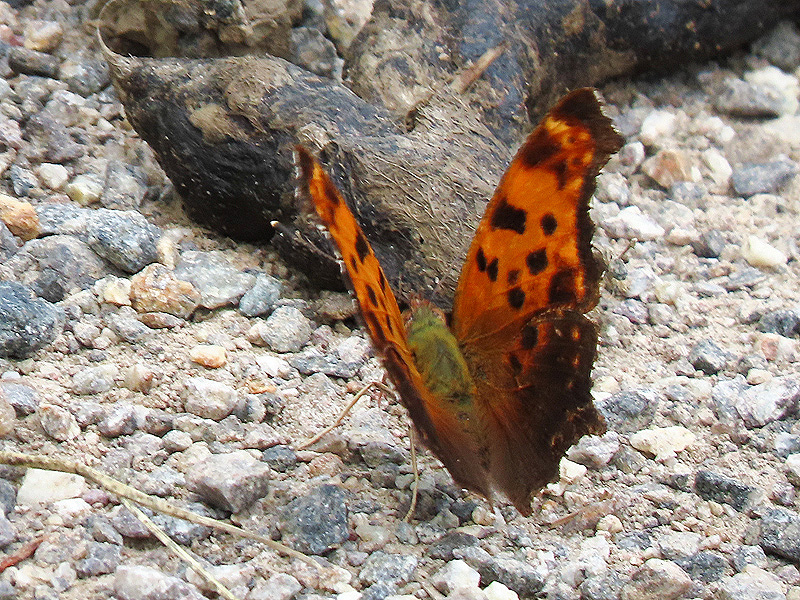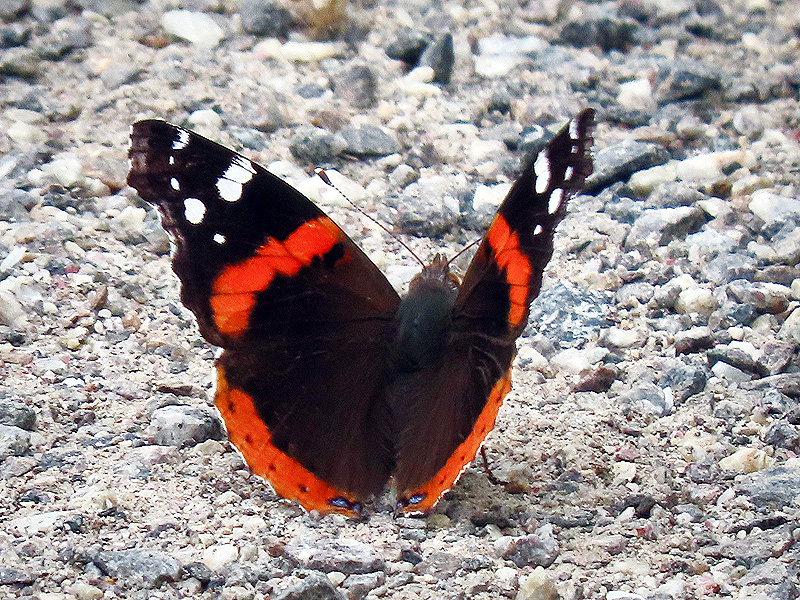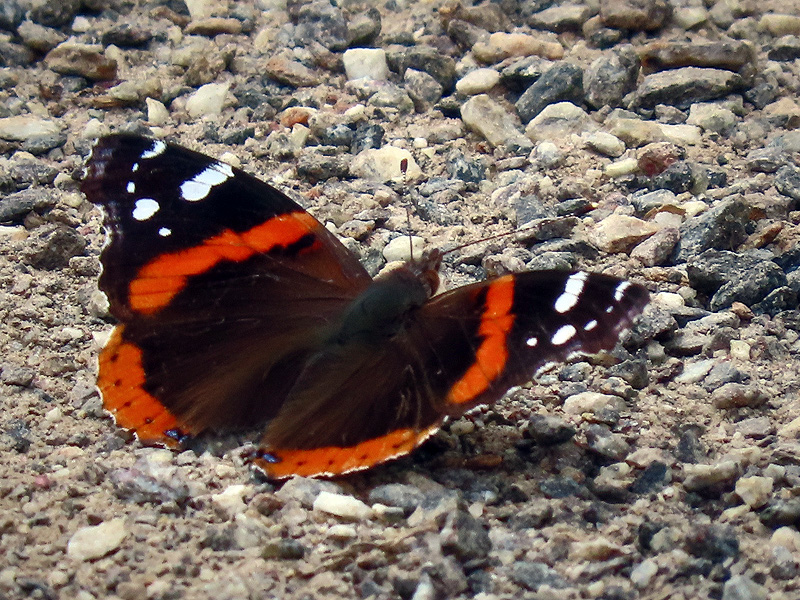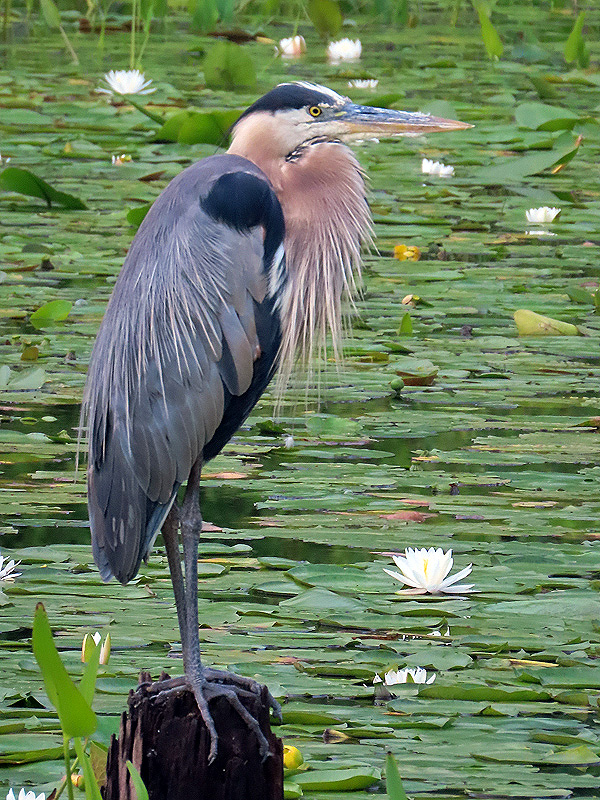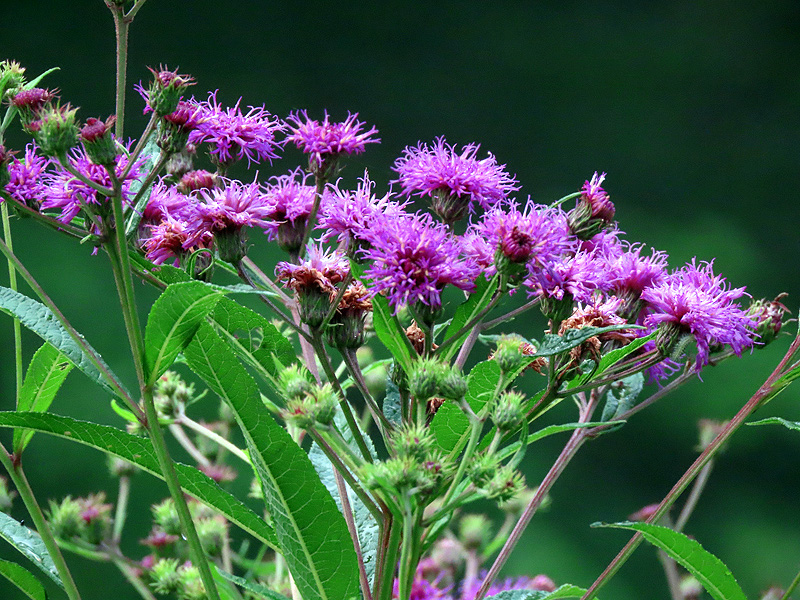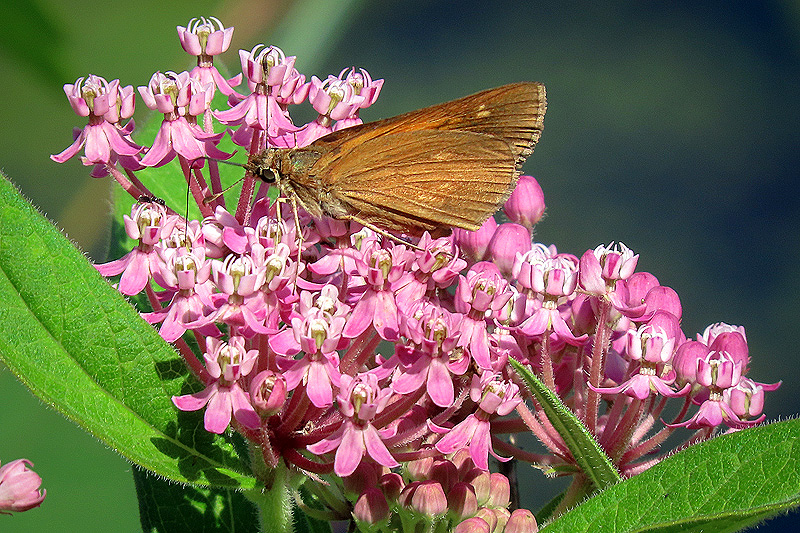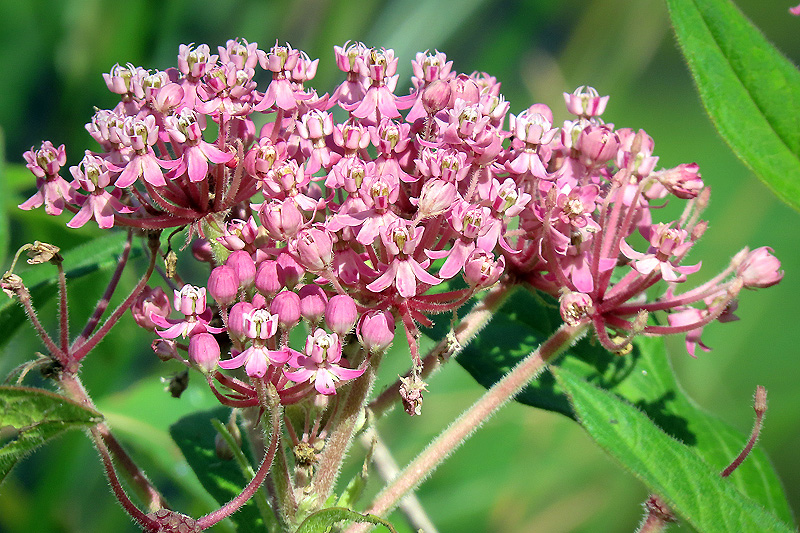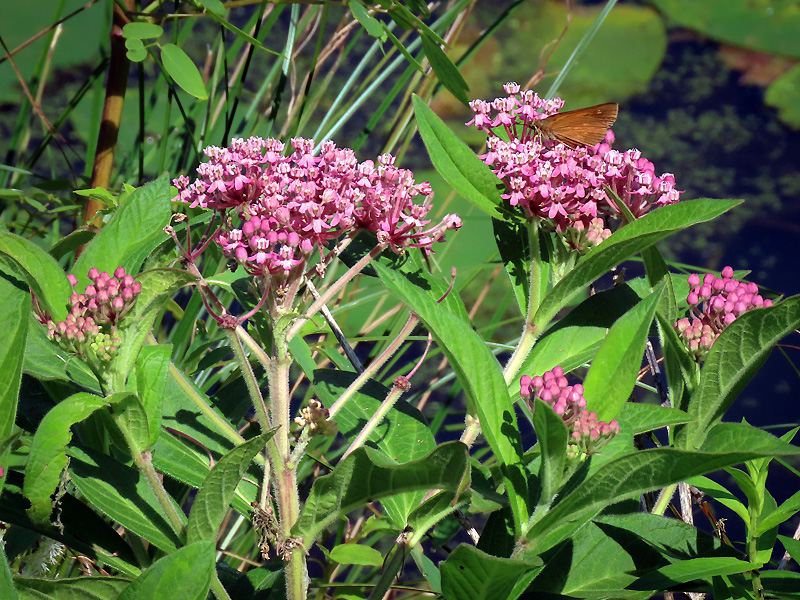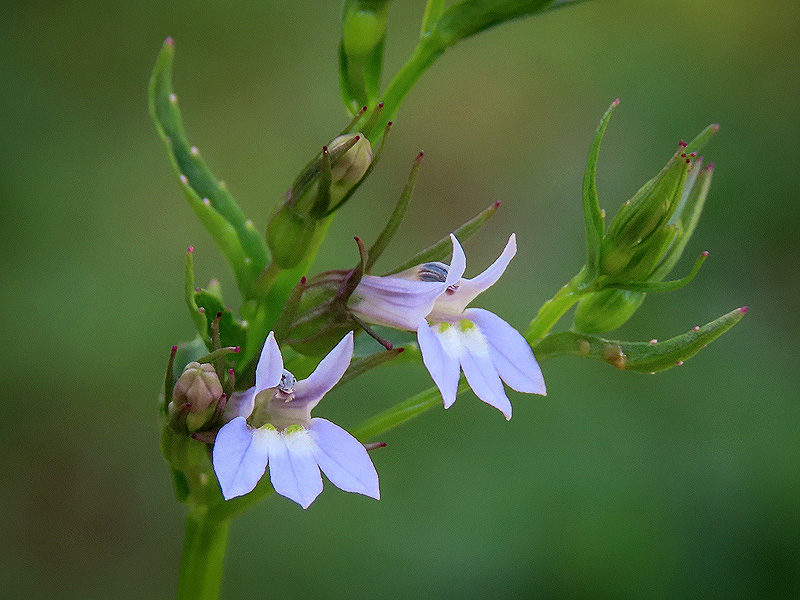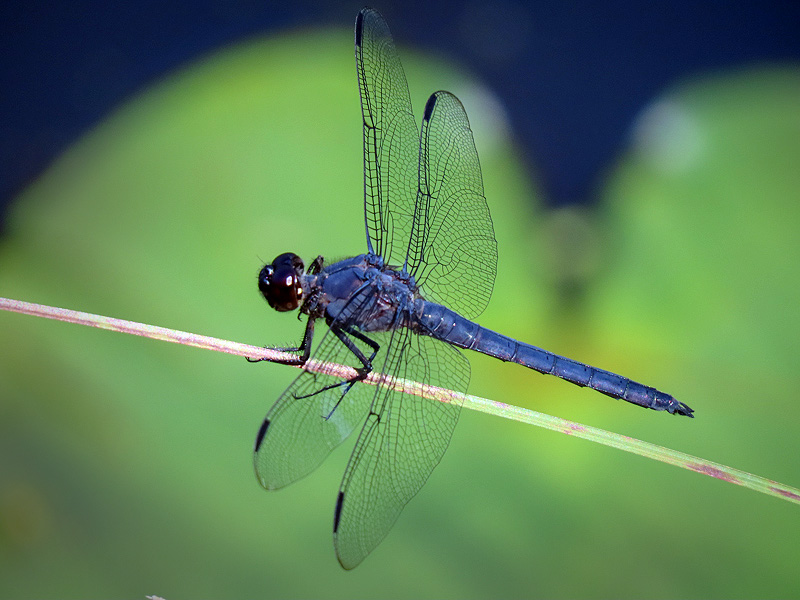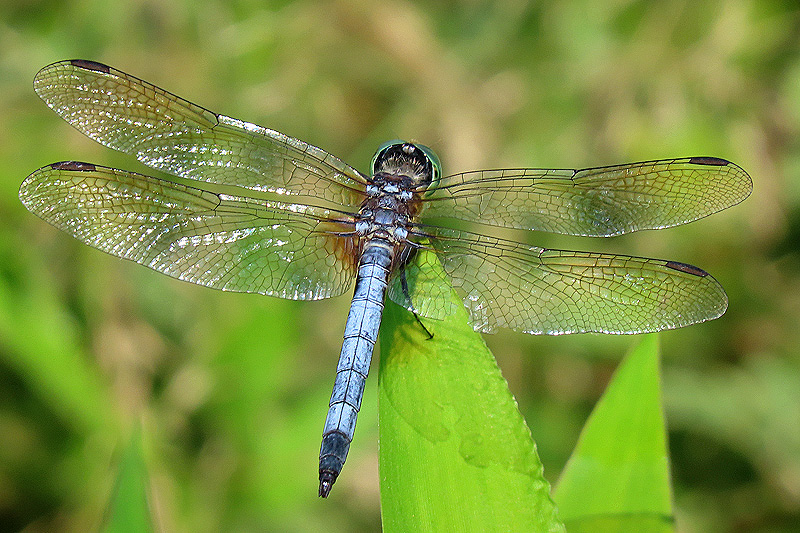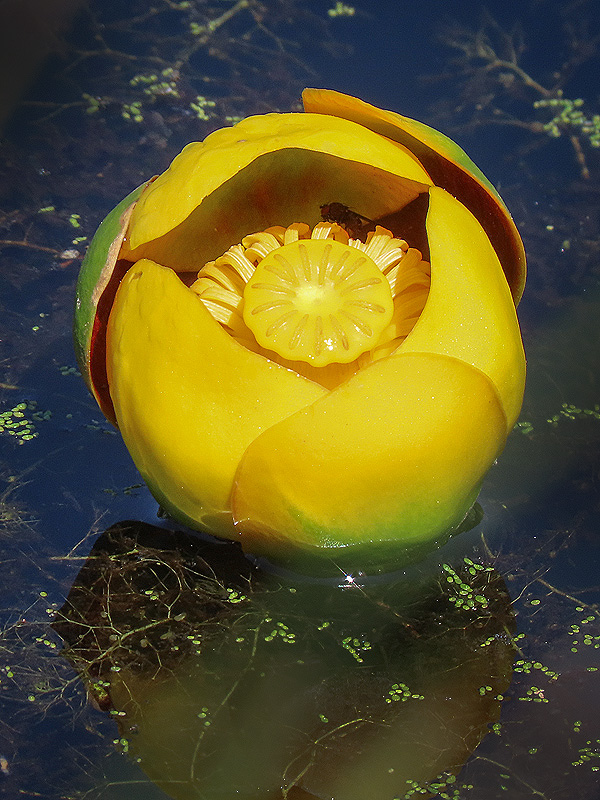Along the Air Line... 2019 - Summer, Part 7 The Air Line Trail in Eastern Connecticut - Stan Malcolm Photos |
HOME: Air Line... 2019 Pages Menu Stan's FlickR Albums |
July 19th. Berries of Carrion Flower (Smilax herbacea) before they ripen and turn black. |
|
I think this is an abberant Common Mullein (Verbascum thapsus). Only a foot or so tall with just a few flowers. Will check the plant again the next time I'm on the trail: I'm guessing it was mowed and put up a second shot at a flower spike in response. |
Bouncing Bet (Saponaria officinalis). |
|
|
|
The Great Blue Heron (Ardea herodius) in its usual spot. |
|
Fall Webworm caterpillar (Hyphantria cunea). Earlier instars make messy silk nests that persist long after older caterpillars like this one disperse. |
Another Harvestman (Leiobunum vittatum). |
|
July 20th. I went back for a closer look at what I thought was an abberant Common Mullein (Verbascum thapsus). |
Although only a foot tall, it can't be anything else; the fuzzy leaves are definitive. Not in a spot that had been mown this year at least, so I'll speculate no more on a reason it is so small. |
Most of the invasive Showy Tick-trefoil (Desmodium canadense) was mowed but a few plants escaped and are flowering now. (The mown plants will sprout again and flower late summer before spreading their "sticktight" seeds.) |
|
\
Selfheal (Prunella vulgaris) covered in dew. |
Morrow's Honeysuckle (Lonicera morrowii) berries are ripening fast now, especially where the sun catches them. |
July 21st. Mostly Tree Swallows (Tachycineta bicolor) in their favorite tree. |
I count roughly 70 birds in this view. |
A Barn Swallow (Hirundo rustica) flying in from the right. |
|
I've seen very few Pearl Crescents (Phyciodes tharos) this year. Normally they're abundant. |
Highbush Blueberries (Vaccinium corymbosum) continue to ripen, a few every day. |
Two of four or five Mallard (Anas platyrhynchos) ducklings racing away from me towards cover. |
"Mom" was several hundred feet away, calling. |
Spotted Joe-Pye-weed (Eupatorium purpureum) buds are opening now. |
July 22nd. Green-striped Mapleworm, caterpillar of the Rosy Maple Moth (Dryocampa rubicunda), resting along a vein of a leaf it had been eating. |
A Great Blue Heron (Ardea herodius) grooming on a diffeerent perch than usual. |
|
After 4.5 hours at UConn rearranging weevils in their collection, I walked east from Cook Hill Road in Lebanon and found this female Common Whitetail dragonfly (Plathelmis lydia) resting on a boulder, flying off and returning repeatedly, a behavior called hawking. |
The male Common Whitetail looks very different. |
A male Eastern Comma butterfly (Polygonia comma)... |
...approaching a dog turd... |
...from which it attempted to extract nutrients important for egg development, to be passed to a female during mating. |
A fresh male Red Admiral (Vanessa atalanta) taking minerals from the trail surface, also to be passed along to a female during mating. |
|
|
July 24th. Great Blue Heron (Ardea herodius), looking like a lawn ornament. |
Look at those feet! |
New York Ironweed (Vernonia noveboracensis). |
July 25th. At Cranberry Bog, a Little Glassywing skipper (Family Hesperididae, Pompeius verna) on Swamp Milkweed (Asclepias incarnata), its favorite nectar source. |
|
|
Indian Tobacco (Lobelia inflata). |
A male Slaty Skimmer dragonfly (Libellula incesta). |
A male Blue Dasher dragonfly (Pachydiplax longipennis). |
Complex flower of a Bullhead-lily (Nuphar vareigatum). |
